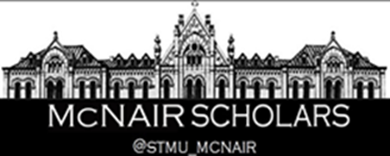
Files
Download Full Text (497.2 MB)
Publication Date
Summer 2024
Digital Publisher
Digital Commons at St. Mary's University
Collection
McNair Scholars Symposium
Description
Congested environments resulting in numerous reflections from one or more radio frequency (RF) sources exacerbate the accuracy of Time Space Positioning Information (TSPI). The St. Mary’s Unmanned Aerial Systems (UAS) Lab, being a highly reflective building (almost entirely metal), renders the use of GPS signals for indoor localization impractical. Consequently, this has led to exploring the utilization of RF reflections to determine an object’s position. Recently, Kimberly Tse, a graduate student from St. Mary’s University, designed a Convolutional Neural Network (CNN)-based TSPI localization model, achieving a 94% accuracy with synthetic data simulated via MATLAB and validated by real-world signal strengths gathered across a small area of the UAS Lab [1]. This paper presents a different approach to gathering signal strengths across the UAS Lab to provide comprehensive data for enhancing the machine learning model’s localization accuracy. We utilized a calibrated in- frared camera system with real-time TSPI to gather accurate positioning truth data and employed robotic cars to cover a specified area, thereby laying the groundwork for future analysis and model training with submillimeter precision.
Disciplines
Computer Engineering | Digital Communications and Networking | Hardware Systems | Robotics
Format
MOV
Medium
Video
Size or Duration
12 minutes, 41 seconds
City
San Antonio, Texas
Creative Commons License

This work is licensed under a Creative Commons Attribution-NonCommercial-No Derivative Works 4.0 International License.
Loading...



